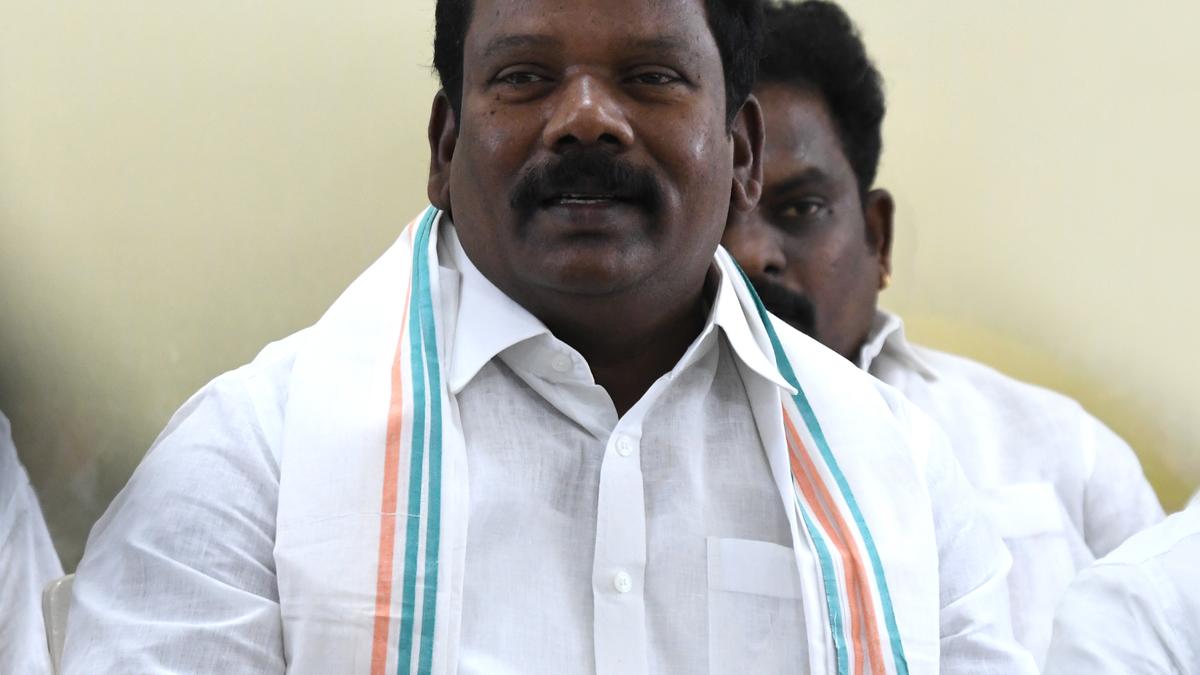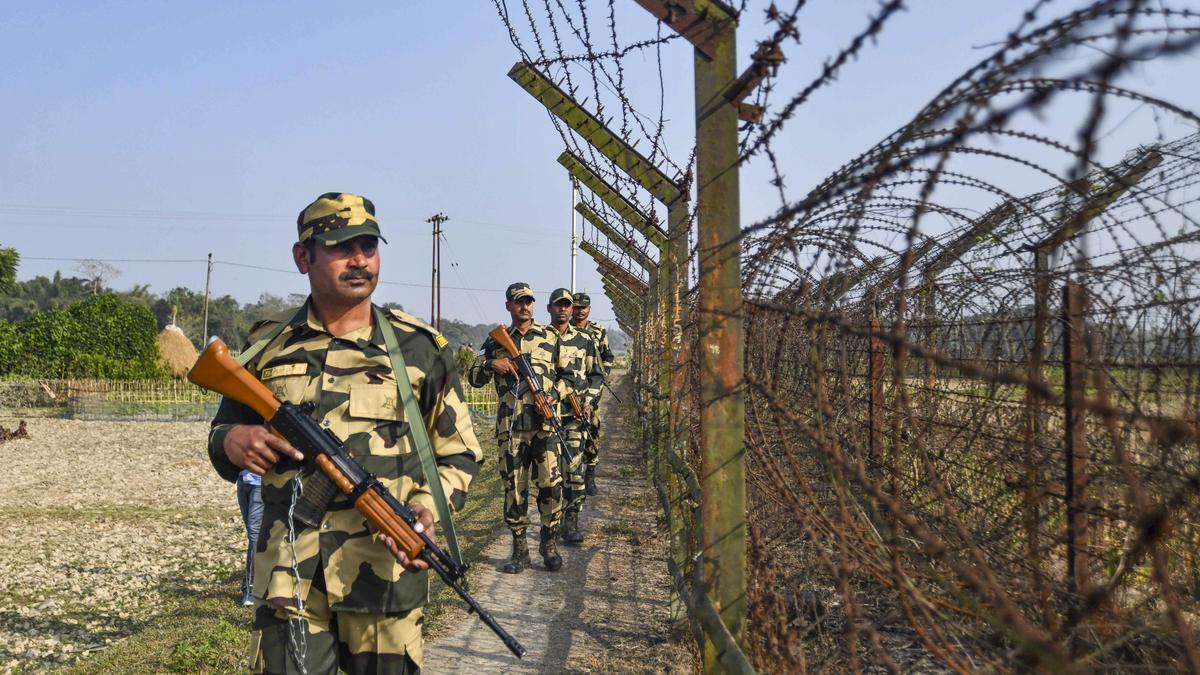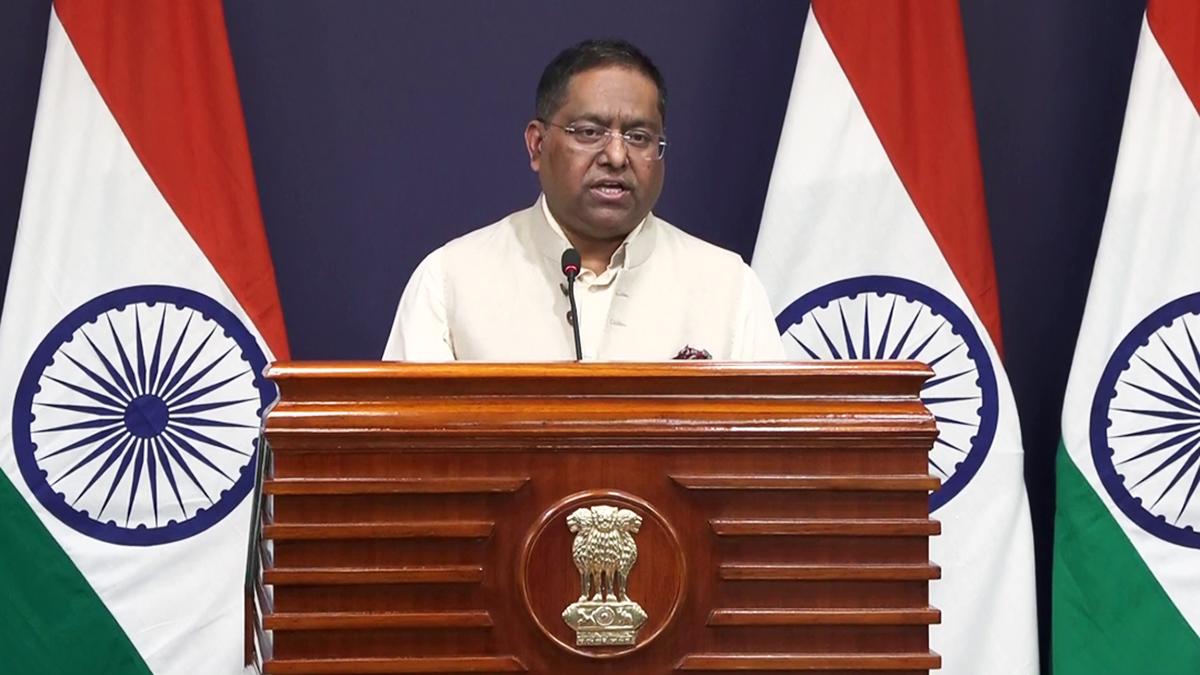In 2008, Puttenahalli Lake in JP Nagar 7th Phase was gasping for life. Dying from neglect and suffocating under urban apathy, it was a water body in retreat, surrounded by disinterest. But in that moment of decline, one woman and a growing band of residents decided to push back.
“It cannot be done by one person,” said Usha Rajagopalan, the founder of the Puttenahalli Neighbourhood Lake Improvement Trust (PNLIT), who was then a writer, not a conservationist. “Even though I may have wanted to save the lake, it is clearly not a one-person job.”
That realisation sparked a campaign that has today become a model for community-led ecological restoration. In June 2010, PNLIT was formally registered, not just to revive a lake, but to protect it for generations to come.
From crisis to community
The lake had already begun to show signs of rejuvenation thanks to the support of the Bruhat Bengaluru Mahanagara Palike (BBMP), but the founder and three equally determined neighbours—Aarti Mane, Prasanna Vainatheya, and O.P. Ramaswamy—realised that maintenance was where the real test lay. Their first move: a tree plantation drive. As many as 125 saplings were planted, and donations collected from participants went towards hiring a gardener.
“Even today, we are meeting maintenance expenses through voluntary donations. BBMP supports with infrastructure, but we take care of day-to-day work,” she said. This includes paying the salaries of three gardeners, fixing coracles, and funding small beautification projects like fountains and pergolas.
Challenges
Over the years, support from BBMP has fluctuated with administrative changes, and volunteers have come and gone. But the PNLIT team held firm. “We hold on because people change. If someone is difficult today, we wait and hope a more interested officer will come next.”
The lake now boasts a rich green canopy, is cooler by several degrees, and serves as a stopover for butterflies during migratory season. However, the journey has not been without hurdles. Encroachment and sewage influx remain the two biggest threats. “Sewage is manageable—you can go after the source. But encroachment involves political power, and departments working in silos. It’s our biggest challenge,” she said.
Some of her most cherished memories include seeing the lake overflow for the first time in 2016 and spotting a bay-backed shrike perched on a log planted by volunteers.
Growing with the lake
Many children who planted saplings in 2010 are now young adults. One such girl, Aditi, planted a mango tree at the age of five during a tree plantation event held on her birthday. The tree still stands tall today.
Having grown up near the lake, Aditi recalls walking through it every day on her way to the bus stop, eating snacks by the water, and watching birds. “The lake was also growing with me,” she shared.
A legacy of participation
Jagadeesh, a long-time volunteer and resident, has been part of the lake’s journey since its early days. “When the lake was dying, Usha and a few others started reviving it. I joined in with my son, and we helped clean the lakebed,” he said.
A development professional by background, Jagadeesh later involved his team from Cisco in volunteering efforts. “We did plantation drives, cleaning activities, and even contributed CSR funds. I also brought in funds from our residents’ association and about ₹1 lakh was raised,” he added.
The future
“We aren’t looking to expand to other lakes—this itself is a 24/7 job. But we’ve inspired others across the city,” the founder noted. In fact, groups managing lakes like Jakkur and Kaikondrahalli have followed suit, some even signing MOUs with BBMP, just like PNLIT did in 2011.
Her dream? To see the encroachers rehabilitated and that space developed into something meaningful. “Once that’s done, I’ll step down. Younger people must lead now.



.png)
.png)
.png)
















 4 hours ago
3
4 hours ago
3









 English (US) ·
English (US) ·